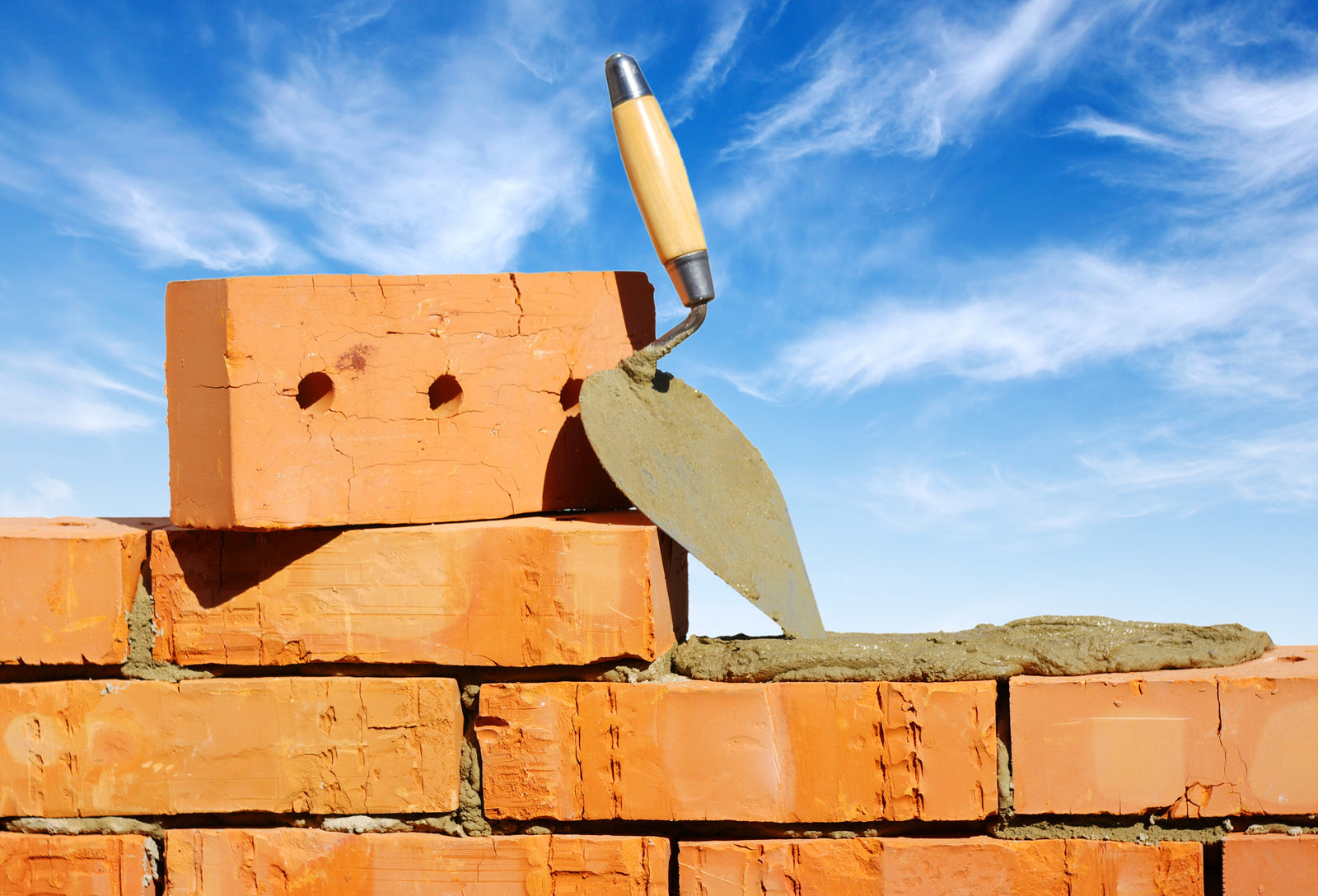For many, the idea of laying bricks in the rain might seem like one that is relatively straightforward. After all, in the UK, bricks and mortar are exposed to the elements all year round so why wouldn’t it be possible to lay bricks in the rain?
The reality is that there is a lot more to laying bricks in the rain than putting on waterproof clothing and getting on with the job because this is a recipe for disaster.
Laying Bricks During Winter
Sure, in the UK, we don’t just get rain during the winter but that is when we get most of it. The approach to bricklaying should be the same regardless of the time of year.
Additional or excess moisture can cause severe problems for bricks and mortar and that’s why it’s important to take a considered approach. The most obvious source of moisture comes in the form of rain.
The main message here is to not lay bricks in the rain.
If you lay bricks in the rain then first and foremost, you will be exposing all brickwork to water over a prolonged period of time. This means that there is an increased risk of leaching, while cement residues and efflorescence will rise and that can lead to a poor finish to the front of facing bricks.
When laying bricks, the mortar and bricks have to work together to ensure that they bond together but laying brick in the rain reduces the chances of this working correctly. When mortar becomes over-hydrated, a chemical process takes place and it can also lead to the mortar being unable to harden correctly and that could mean that it flushes out of the joints.
As mentioned, the winter months are notoriously bad for long periods of rain and that means that it’s vital to ensure that the brickwork is protected adequately throughout.
How to Approach the Weather When Bricklaying
The most important thing is to ensure that you check the weather. The last thing you want to do is begin laying bricks when there is a 99% chance of rain as that will undo all of the hard work you have done. On a damp but not wet day, take practical precautions before you lay bricks.
However, to ensure you can pick up the job once the rain has passed, it’s vital to ensure that you protect and store materials correctly. This will also include any part-finished work that you have completed because sometimes, the elements can creep up on us when we are not even expecting it.
Do the type of bricks make any difference
On one hand, the simple answer is no but it's worth also considering the length of time bricks will take to dry once they get wet to make them easier to lay. Stock type bricks will absorb a lot of water, whereas wirecut type bricks will repel water more.
CHECK OUT THE LATEST BBC WEATHER NEWS
Therefore, you will need to ensure that any brick structure is protected and insulated where necessary, especially if the weather is cold and frost is likely. A hessian blanket is useful for this but it’s not suitable in the rain on its own, so a polythene sheet will provide waterproof protection. Furthermore, you will also need to make sure that all unused bricks are protected too, especially if rain and freezing temperatures are likely to arrive together.
So, laying bricks in the rain is not something that is recommended and if you want to ensure that you achieve the best finish and minimise problems then you should make sure that the weather is dry before you begin laying bricks.
About Armstrong Cheshire
It might suprise you to discover that we're not weather experts or skilled bricklayers. What we are really good at is getting a massive range of Bricks and Lintels delivered to the nation's builders in good time. If you need us to source a brick or lintel for you then give us a call.




